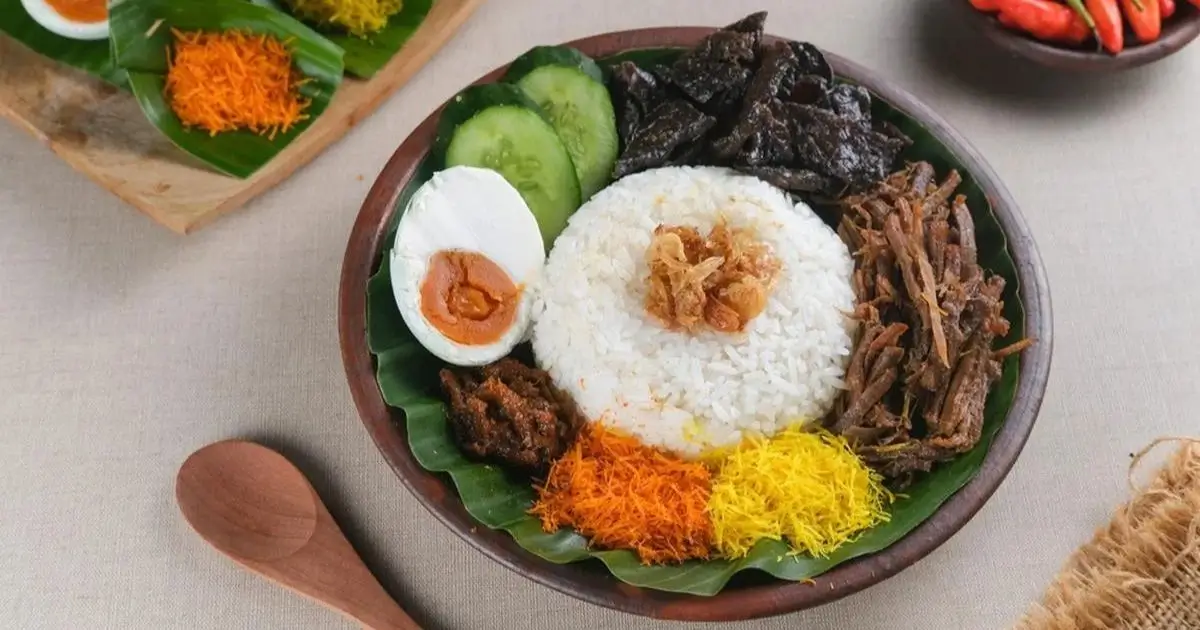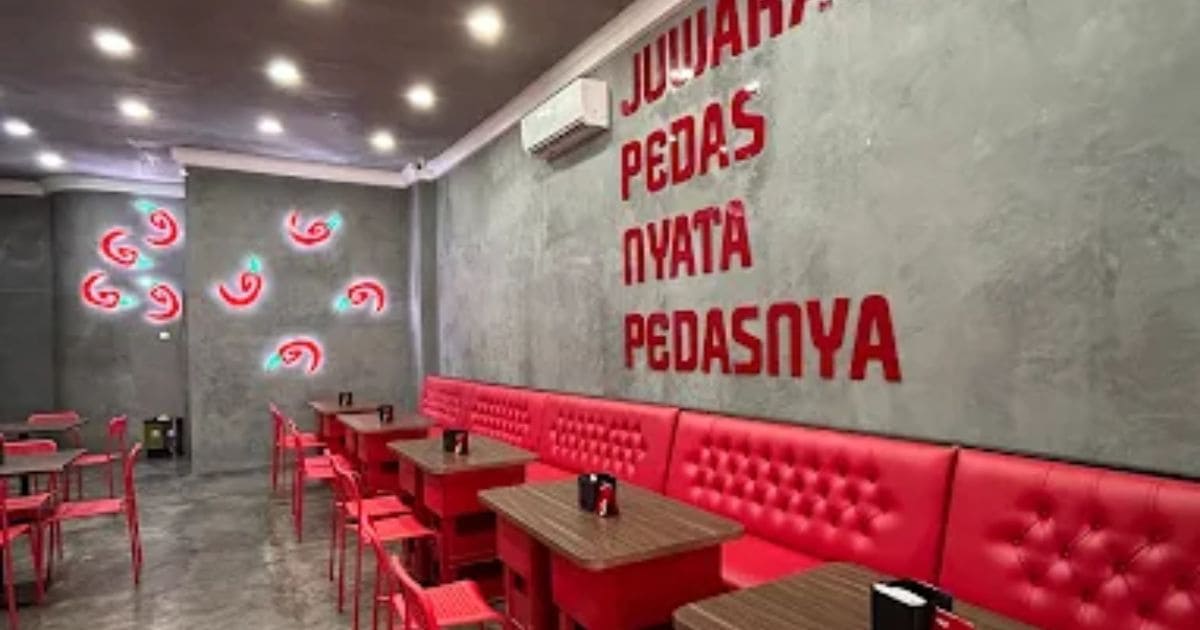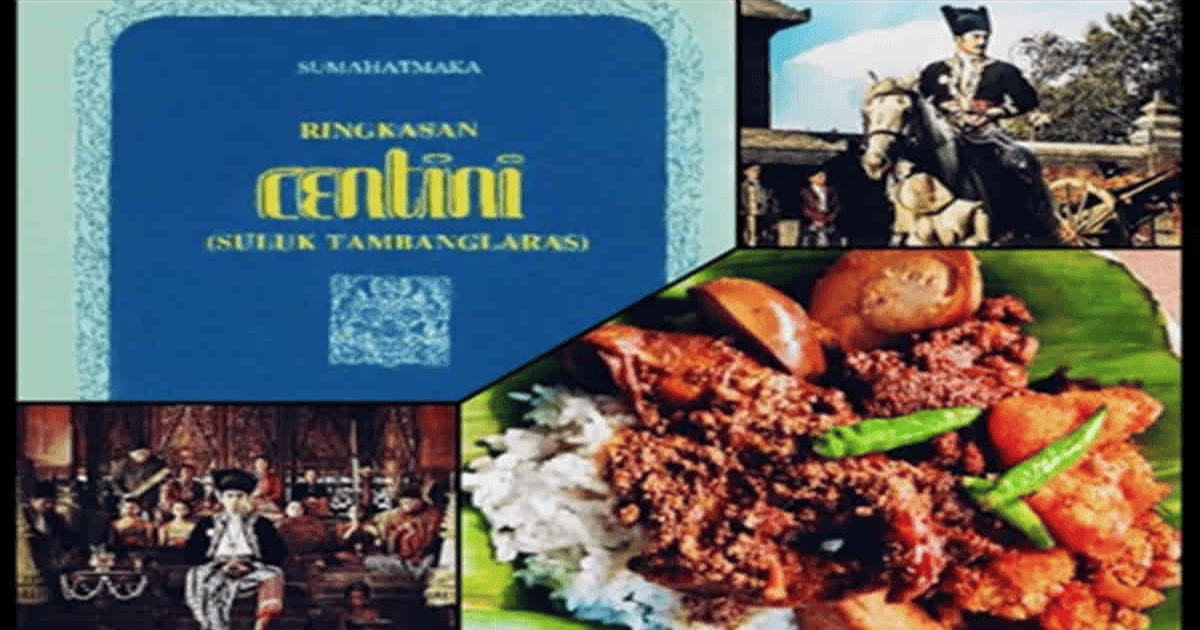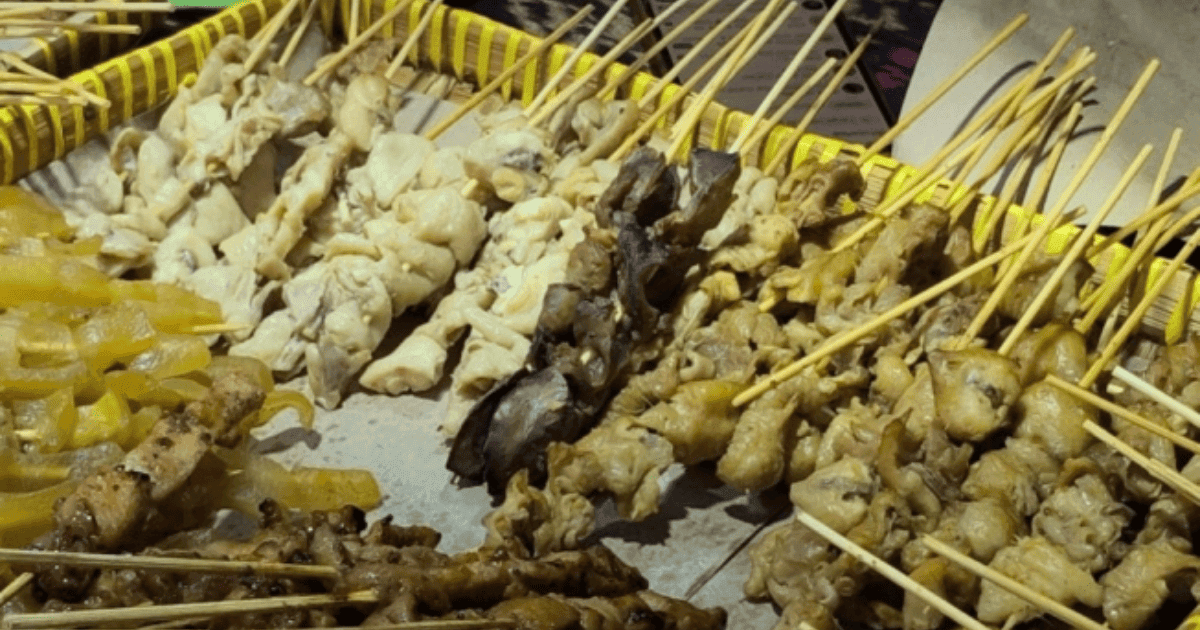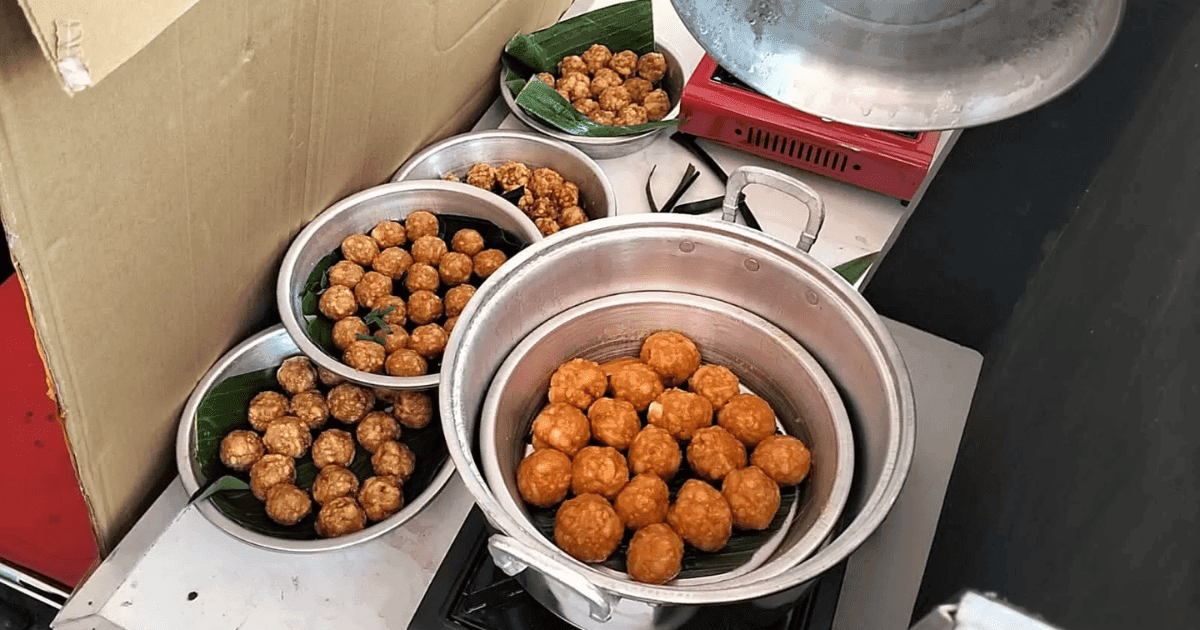Food

Let’s Find the Legendary Nasi Kwaru Culinary Spot in Surabaya, Always Sought After by Locals and Tourists
ChatGPT said: Discover Surabaya’s legendary nasi krawu spots, beloved by locals and tourists alike. From the historic Nasi Krawu Mbuk Su Hj. Sufayah to the flavorful Bu Ima and Bu Rima, each offers tender shredded beef, savory serundeng, and spicy sambal — a must-try taste of Gresik’s authentic culinary heritage.

5 Recommendations for the Best Spicy Culinary Delights in Jogja, Ready to Rock Your Taste Buds with an Unforgettable Sensation
“Get ready for an unforgettable spice adventure in Yogyakarta! This guide highlights five must-try fiery dishes — from Juwara Pedas’s signature menu to the legendary Oseng Mercon, Wahana Sambal’s 23 chili variants, and Dapur Mamaks’ bold homey heat. Perfect for spicy food lovers exploring Jogja’s culinary thrills.”

The History of Gudeg, a Traditional Jogja Culinary Delight from the Mataram Kingdom Era
Gudeg, a sweet jackfruit dish from Yogyakarta, has roots in the ancient Mataram era. Once enjoyed by both royalty and commoners, it evolved into a cultural icon for Jogja. Today, Gudeg helps put Yogyakarta on the map as a culinary heritage destination beloved by locals and visitors alike.

Sate Kere, a Legendary Solo and Jogja Culinary Delight with a Unique History
Sate Kere, once a humble street food in Solo and Yogyakarta, is now a celebrated dish. Made with simple ingredients like tempeh gembus or beef fat, it’s seasoned, grilled, and served with sweet-spicy sauce and rice cakes. A symbol of cultural resilience, it’s become a must-try in local culinary tourism.

Ndas Maling, Semarang’s Traditional Culinary with a Unique Philosophy
Semarang’s signature cake Ndas Maling originates from Kudu Village in Genuk District. Its name stems from a folk tale about Mbah Senari’s tomb. The cake embodies a philosophy: banishing life’s negativity and honoring ancestral goodness. Once available only in Muharram, it’s now being revived through innovations to preserve local food heritage.

3 Recommended Delicious Places to Eat on Parangtritis Street, a Must-Try Culinary Delight for Your 2025 Yogyakarta Vacation
A vacation in Yogyakarta is not complete without tasting the flavors along Parangtritis Street. From traditional stalls to modern restaurants, the journey features eateries like Waroeng Pohon Omah Sawah, Yabbiekayu Restaurant, and Numani Jogja—each offering signature Javanese menus, scenic settings, and a memorable dining experience.

